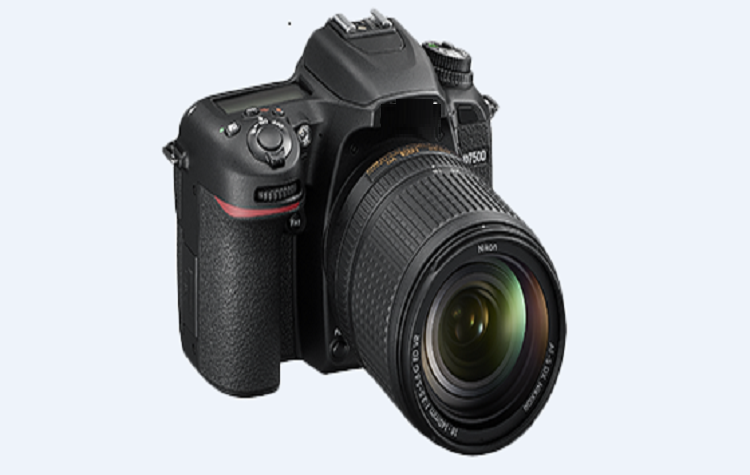Choosing the right DSLR camera for travel and other personal uses can be a bit tricky. A DSLR can offer you better photographs than what your smartphone can shoot. However, it can be difficult for non-professional photographers to understand the exact specifications of great DSLR cameras. Here is a list of common myths consumers believe about DSLRs that you should avoid when shopping for the right camera:
More Megapixels Mean a Better Camera
This is the biggest misconception buyers have when it comes to DSLRs, or just about any camera. A higher megapixel count doesn’t mean you have a better camera. This misconception stems mainly from a fundamental misunderstanding of what a megapixel is.
A megapixel is simply a unit that indicates how large the photographs can be when printed on paper. For example, with an 8MP camera, you can print 16×20 digital reproductions of the pictures you have taken at maximum resolution. The more megapixels the camera has, the larger the size photo printouts can be without the pictures looking pixilated.
That’s all there is to megapixels. Consumers commonly misunderstand this unit because marketers use MP count as an indicator of quality for lower-end cameras. If you want a great camera that can shoot sharp and crisp images, look at the sensor in the body, not the MP count.
Image Resolution is Indicated by PPI or DPI Count
No, PPI and DPI are not the same. It’s common to see these two abbreviations used interchangeably, but that doesn’t mean the two are the same. PPI refers to pixels per inch, which indicates the density of pixels in the image. DPI refers to dots per inch, which indicates the printing ink density. PPI refers to the actual digital resolution of an image while the DPI shows the printing resolution. If you want a higher digital resolution, then PPI is the number that matters, not DPI.
A Big Zoom Number is Good
The more zoom strength a DSLR camera has, the better it is right? Only if the zoom refers to optical zoom.
Modern DSLRs have two different types of zooming capabilities: optical and digital. The latter, digital zoom is the more common of the two. A digital zoom magnification number indicates how big the camera’s LCD panel can expand an image you have taken. Optical zoom, on the other hand, actually moves the lens of the camera to move in on objects located far away.
In other words, optical zoom is the real deal that actually zooms in using the lens. Digital zoom just digitally enlarges the image that’s already on the screen. Digital zoom can actually distort the picture you are focusing on by making it more pixilated. Therefore, if you want a camera with a higher zoom strength, make sure it is optical zoom, and not digital zoom.
When buying a digital camera, focus on these two specs the most: the lenses and the image processor. The lenses are the only reusable part of the camera body. Great lenses are necessary for taking great pictures. The image processor allows the user to take photographs under any lighting conditions—a must for photography in general. Also, good image processors also make DSLRs faster.
Consumers are not expected to be experts when buying a DSLR camera. But do try to avoid the above misconceptions and focus on the important specs as mentioned above.
